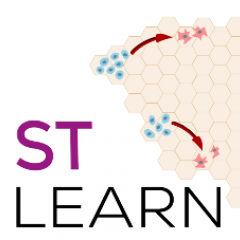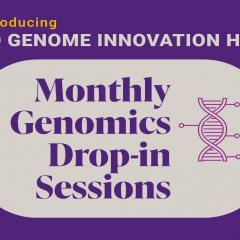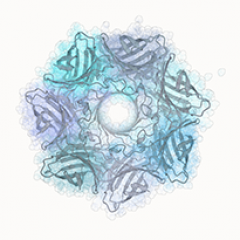Full title
Massive genome reduction occurred prior to the origin of coral algal symbionts
Sarah Shah , Katherine E. Dougan , Yibi Chen , Rosalyn Lo , Gemma Laird , Michael D. A. Fortuin , Subash K. Rai , Valentine Murigneux , Anthony J. Bellantuono , Mauricio Rodriguez-Lanetty , Debashish Bhattacharya, *, Cheong Xin Chan *
https://doi.org/10.1101/2023.03.24.534093
Abstract
Dinoflagellates in the Family Symbiodiniaceae (Order Suessiales) represent diverse, predominantly symbiotic lineages that associate with taxa such as corals and jellyfish. Their ancestor is believed to have been free-living, and the establishment of symbiosis (i.e., symbiogenesis) is hypothesised to have occurred multiple times during Symbiodiniaceae evolution. Among Symbiodiniaceae taxa, the genus Effrenium is an early diverging, free-living lineage that is phylogenetically positioned between two robustly supported groups of genera within which symbiotic taxa have emerged. The lack of symbiogenesis in Effrenium suggests that the ancestral features of Symbiodiniaceae may have been retained in this lineage. Here we present de novo assembled genomes and associated transcriptome data from three isolates of Effrenium voratum. We compared the Effrenium genomes (1.2-1.9 Gbp in size) and gene features with those of 16 Symbiodiniaceae taxa and other outgroup dinoflagellates. Surprisingly, we find that genome reduction predates the origin of Symbiodiniaceae and is not primarily explained by their symbiotic lifestyle. We postulate that adaptation to an extreme habitat (e.g., as in Polarella glacialis) or life in oligotrophic conditions resulted in the Suessiales ancestor having a haploid genome size < 2Gbp, which is retained (or smaller) among all extant algae in this lineage. Our data reveal that the free-living lifestyle distinguishes Effrenium from symbiotic Symbiodiniaceae vis-à-vis longer introns, more-extensive mRNA editing, fewer (~30%) lineage-specific gene families, and lower (~10%) level of pseudogenisation. These results demonstrate how genome reduction and the adaptation to symbiotic versus free-living lifestyles intersect, and have driven the diversification and genome evolution of Symbiodiniaceae.



